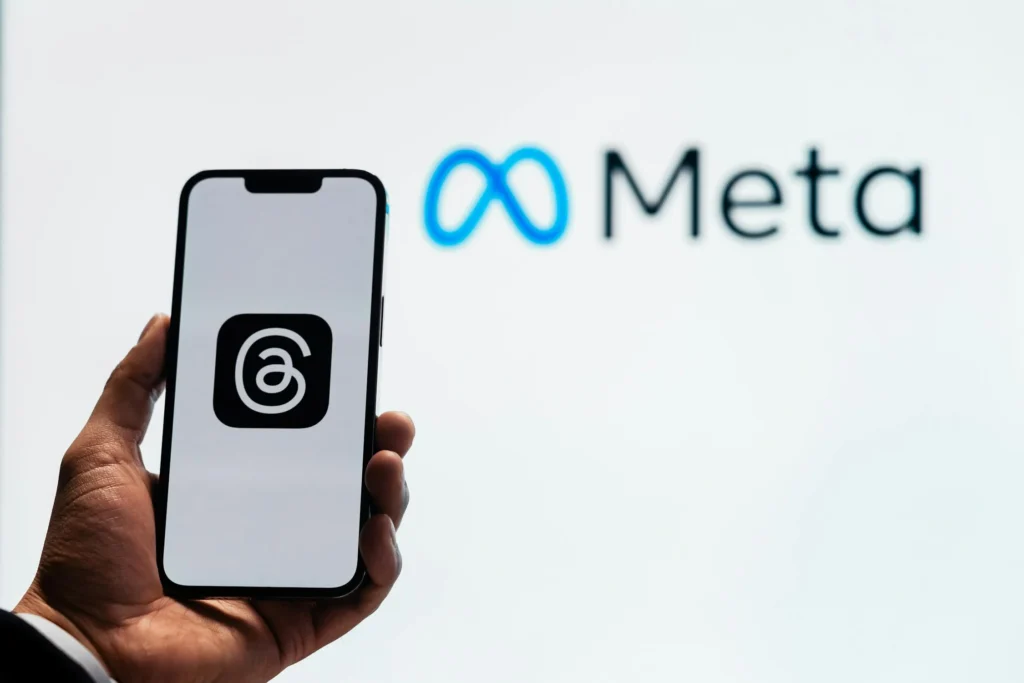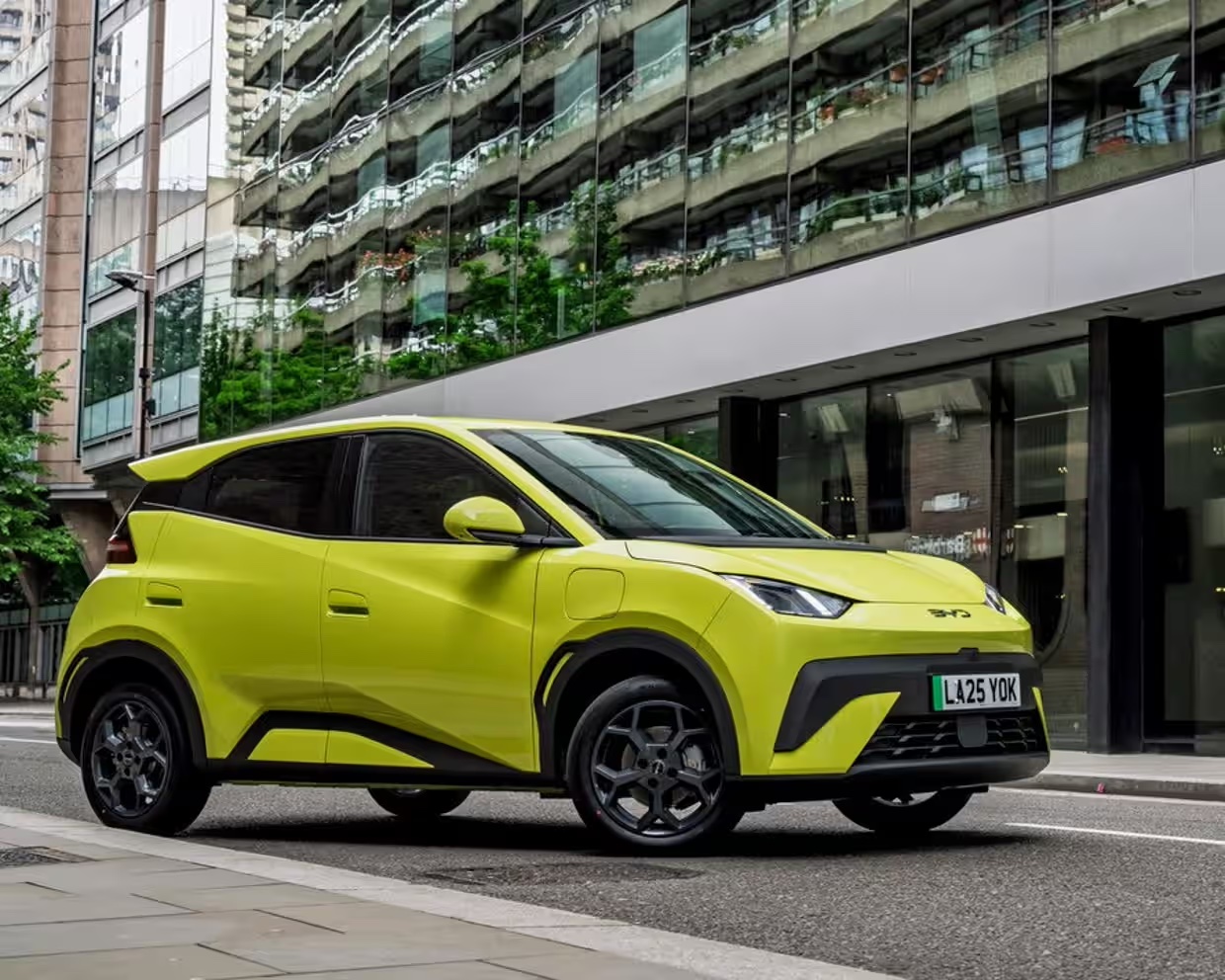Share
When Progress Wears Green Boots
We’ve passed the point where “going green” was optional. The question isn’t whether tech should be sustainable — it’s whether it can keep up with the speed of its own consequences. Eco-tech has thus become a necessity. It’s the space where new ideas are a combination of clever and conscious. But real eco-tech isn’t about slapping a solar panel on something and calling it a revolution. It’s about designing systems that solve human problems and reduce harm simultaneously.
Let’s pull this concept out from under its usual PR spotlight and into the messy, practical world where it belongs.

Eco Is Not a Feature — It’s a Framework
There’s a mindset shift happening. Sustainability isn’t the add-on. It’s the starting line. You don’t retrofit green principles onto an existing system and hope for the best. Instead, you start with: How can we meet this need without damage?
This kind of thinking is showing up in unlikely corners. It’s not just energy or agriculture anymore. It’s packaging. It’s textiles. It’s server farms and mobile apps. The tools have evolved. So have the questions. Are we building circular processes, or just circular arguments?
A product’s footprint starts long before it hits the shelf. It begins in the sketchbook, in the codebase, in the boardroom.
Friction Meets Function
One of the reasons eco-tech has a reputation for being “idealistic” is because of how often it crashes against real-world needs. Think about it — people want convenience, speed, reliability. But they also don’t want to feel complicit in climate collapse.
This friction is actually where some of the most exciting work is happening. The goal is to make better choices easier. Eco-tech wins when it works seamlessly. When you don’t have to choose between “doing right” and “getting things done.”
Nature and Code Don’t Have to Compete
Tech often behaves like nature is the problem it’s trying to solve. Too hot? Air conditioning. Too dark? Artificial light. Too slow? Automate it. But eco-tech is shifting the conversation. It asks — what if nature was the collaborator, not the enemy?
This plays out in biomimicry. In passive energy systems. In materials that breathe, cool, flex, and biodegrade like living tissue. The best solutions often come from paying better attention to what’s already working in the wild — and then making that scalable.
Because nature has a 3.8-billion-year head start. Maybe it’s time we stopped reinventing the wheel and started decoding it instead.
The “Invisible” Tech That’s Changing the Game
Not all innovation comes in shiny packaging. Some of the most transformative eco-tech developments are things the average person never sees. The silent upgrades. The behind-the-scenes systems that prevent waste, optimize performance, and stretch resources.
A good example? EL and UV Solar Testing. It plays a crucial role in advancing solar energy. These tests help ensure the durability, efficiency, and safety of solar panels before they’re ever installed. It’s inspecting, refining, and validating — it’s what makes solar scalable. Without tools like these, innovation gets stuck at the prototype stage. And in the real world, “almost functional” just isn’t good enough.
The labs. The testers. The infrastructure. They don’t get the headlines, but they keep the mission alive.
Waste Isn’t the Enemy — It’s the Clue
The best eco-tech often doesn’t start with a breakthrough. It starts with a mess. A byproduct. A leftover. A pile of “what now?”
From mushroom packaging to recycled textiles to algae ink, the most clever solutions are often scavenged from what others discard. This is redefinition. Waste becomes raw material. A new starting point.
What’s changing is our perception of value. Eco-tech sees what’s left over as what’s left to work with. There’s less shame in the scrap heap and more curiosity. It’s not a failure. It’s an opportunity.

Slow Tech for Fast Change
There’s something counterintuitive about slowing down in a culture obsessed with speed. But the pace of eco-tech doesn’t always match Silicon Valley’s sprint cycles. That’s intentional.
Not everything should be version 14.2 by next week. Some things need time to be tested in soil, sun, and storm. Some things need to grow, literally. Slower development can mean deeper roots.
Think regenerative agriculture. Off-grid living systems. Long-life product design. These are grounding innovations. And in the chaos of modern progress, that’s revolutionary.
Local First. Then Scale
A lot of tech dreams are built for global impact. That’s great — but sometimes they forget to start small. Eco-tech does better when it begins hyperlocal. Solve one village’s water problem. Reinvent one town’s transportation. Green one block at a time.
Why? Because context matters. What works in Oslo might fall flat in Nairobi. Local solutions are more adaptable, more respectful, and usually more resilient. Once they work — then they can scale. But they don’t need to be giant to be impactful.
Some of it is simple, gritty, and right-sized for the actual people who need it. That’s what makes it powerful.
Tech Won’t Save Us. But It Can Help Us Save Ourselves
Eco-tech isn’t the hero of this story. It’s a tool. A smart, evolving, deeply needed tool. But like any tool, it can be misused. It can distract. It can waste time. It can fuel ego.
The real work is still human. Asking harder questions. Making bolder decisions. Choosing to care — and then backing that care with action.
What tech can do is amplify our best instincts. It can help us repair what’s broken. Restore what’s fading. Prevent what’s unnecessary. But only if we stop chasing shiny and start chasing substance.
Let the Future Be Useful
We don’t need more noise. We need more nuance. More precision. More humility in the way we invent and implement. Eco-tech done right solves these complex problems.
It clears the fog of excess. It challenges the assumption that newer is always better. It reminds us that progress without awareness is just velocity — and that’s not the same as direction.
The real goal? A future that feels grounded. Not utopian. Not dystopian. Just livable. Practical. Responsible.
Related Posts
Discover more from Tech Digest
Subscribe to get the latest posts sent to your email.











Leave a Reply